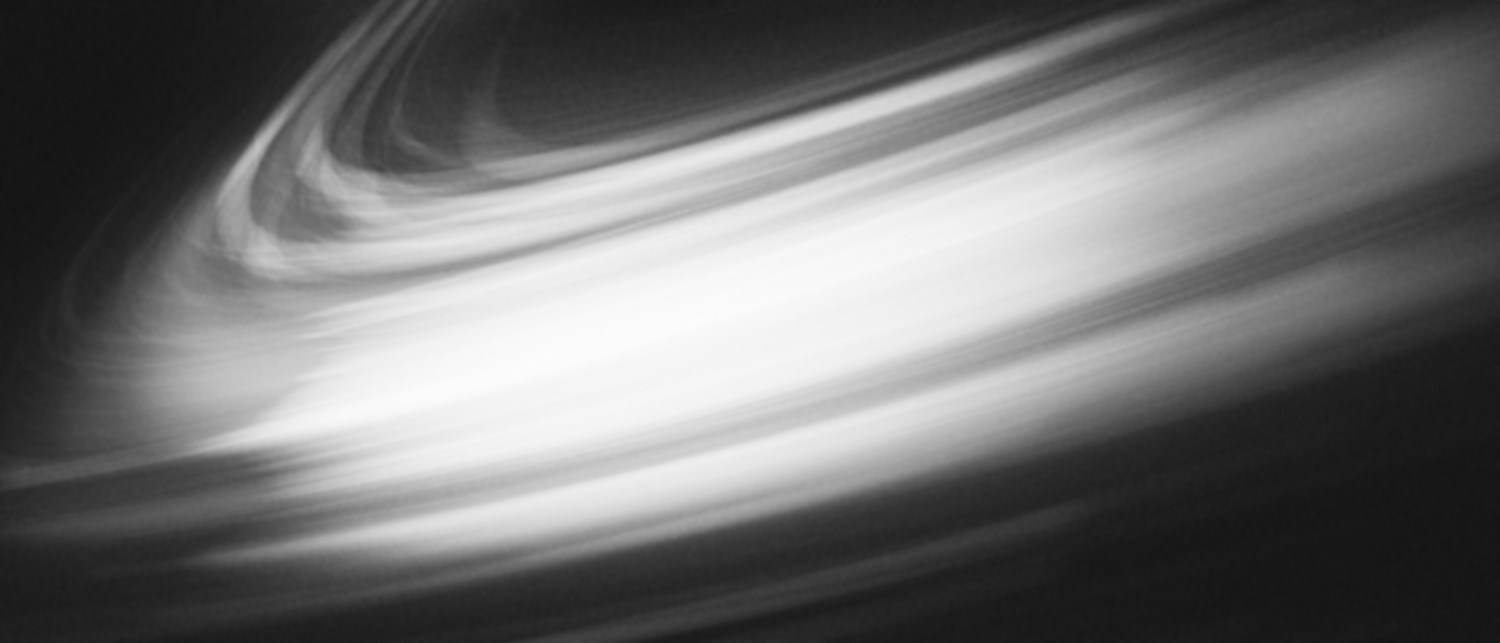The Sound of Noir: Music, Silence, and Sonic Atmosphere
Explore how music, silence, and sound design shape film noir’s atmosphere — from jazz-infused scores and orchestral swells to the synth-driven worlds of neo-noir.
The world of film noir is often described in terms of shadows, cigarette smoke, and trench-coated silhouettes — but if you close your eyes, you’ll discover an equally compelling dimension: its sound. Noir has a voice. Sometimes it’s the lonesome cry of a muted trumpet drifting through a rain-slick alley. Sometimes it’s the hollow tick of a clock as a desperate man waits for the inevitable knock at the door. Other times, it’s complete silence, pregnant with dread. Sound in noir doesn’t simply accompany the visuals — it deepens the genre’s emotional gravity, drawing us further into its moral fog.
Whether it’s the lush orchestral arrangements of David Raksin’s Laura (1944), the angular brass stabs of Miklós Rózsa’s Double Indemnity (1944), or the rhythmic hum of a flickering neon sign in The Big Sleep (1946), the sonic landscape of noir tells a story as vivid as any line of dialogue.
Musical DNA of Classic Noir
At the heart of classic noir soundtracks lies an unusual hybrid of late Romantic orchestration, jazz influences, and a certain streak of experimentalism. Composers like Raksin, Rózsa, and Max Steiner weren’t just creating “background music” — they were sculpting emotional undercurrents.
Raksin’s Laura theme, famously composed after a personal heartbreak, captures longing and mystery in a single melody. Rózsa’s work on Double Indemnity fuses driving rhythms with unresolved harmonic tensions, perfectly echoing the film’s doomed romance and betrayal. Steiner’s Mildred Pierce (1945) mixes lush strings with moments of stark restraint, contrasting luxury and ruin.
These scores often leaned on chromaticism — melodies that creep up or down in half steps — to create an unsettled, disorienting atmosphere. This musical tension mirrors noir’s narrative tension: there’s rarely a “home” to return to, musically or morally.
Silence, Space, and Diegetic Sound
If orchestral flourishes give noir its sweeping emotional range, silence and diegetic sound (sound originating from within the story world) give it intimacy and edge.
In Robert Siodmak’s The Killers (1946), moments of silence punctuate the fatalism of the plot, letting us hear only the rustle of clothing, the creak of floorboards, or the muffled footsteps in a hallway. These aural details become as dramatic as any score.
The “wet street” sound — tires hissing on rain-slick pavement, distant horns, dripping gutters — became almost as much a noir signature as venetian blinds and fedoras. A single match strike in a dark room could signal seduction, danger, or both.
Jazz and the City
Jazz was the heartbeat of noir’s urban underworld. It carried the improvisational chaos of back-alley deals, the syncopated urgency of getaways, and the languid haze of after-hours regret. Films like Sweet Smell of Success (1957) and The Big Combo (1955) use brassy, hard-edged jazz cues to embody the morally frayed fabric of the city.
Noir didn’t use jazz simply as a “cool” aesthetic — it used it as a cultural marker, signaling both sophistication and moral decay. The sly slide of a trombone could hint at illicit romance, while a frantic bebop riff could underline an unraveling scheme.
The Sound of Neo-Noir
As noir evolved into the neo-noir era, so did its sound. The 1970s revival (Chinatown, 1974) often returned to lush orchestral scoring — Jerry Goldsmith’s mournful trumpet theme for Chinatown feels like a funeral march for the American Dream.
By the 1980s, synth-based minimalism began to seep in. Vangelis’ Blade Runner (1982) redefined noir’s soundscape, fusing analog synth pads, ambient drones, and jazz-inflected motifs into a rain-drenched vision of the future. This fusion of orchestral emotion and electronic atmosphere became a hallmark for later neo-noir films.
More recent works like Drive (2011) and Only God Forgives (2013) push this further — layering synthwave, ambient textures, and minimal percussion to create sound worlds where menace and melancholy coexist.
Silence in the Digital Age
Postmodern noir often weaponizes silence. In No Country for Old Men (2007), the absence of a score magnifies the creak of floorboards, the rattle of door locks, and the hum of air conditioning units, amplifying dread in ways music could never achieve.
This approach reflects a shift in how audiences perceive tension. In the noise-saturated modern world, silence becomes deafening — and in noir, it becomes a shadow in its own right.
Cross-Pollination: Noir’s Musical Influence Beyond Film
Noir’s sonic language has bled into music far outside the cinema. Tom Waits built an entire career on the clank, hiss, and wheeze of noir-inflected storytelling. Angelo Badalamenti’s work with David Lynch (Blue Velvet, Twin Peaks) married lush strings to uncanny stillness. Portishead brought trip-hop noir to the ’90s with Dummy, blending dusty beats, cinematic strings, and haunted vocals.
And in the present day, Low Throes carries that torch — weaving noir’s moodiness into songs that live at the intersection of heartbreak and atmosphere. Where classic noir composers used muted horns and unresolved chords, Low Throes uses pedal steel swells, shadowy bass lines, and the silence between notes to evoke that same mix of danger and desire. The band’s sound is not just inspired by noir — it’s a modern continuation of its sonic legacy.
Conclusion: Hearing the Shadows
The sound of noir is as integral to the genre as chiaroscuro lighting or morally ambiguous heroes. From orchestral swells to city noise, from jazz improvisations to synth-driven pulses, noir’s soundscape is a character unto itself. It tells you what the characters can’t say, and sometimes what they won’t admit even to themselves.
Listening to noir — in film, in music, or in bands like Low Throes — is an invitation to hear the shadows. And once you do, you’ll never forget their echo.


.png)